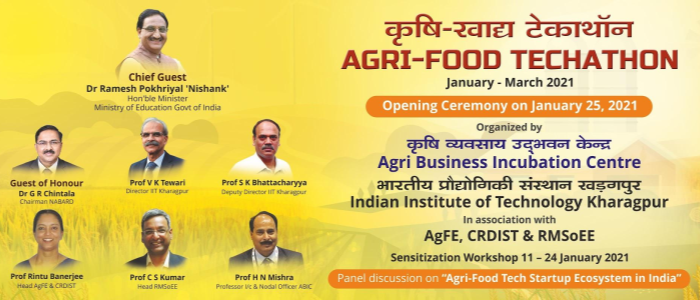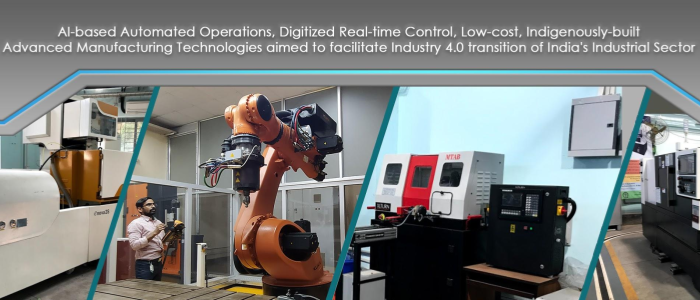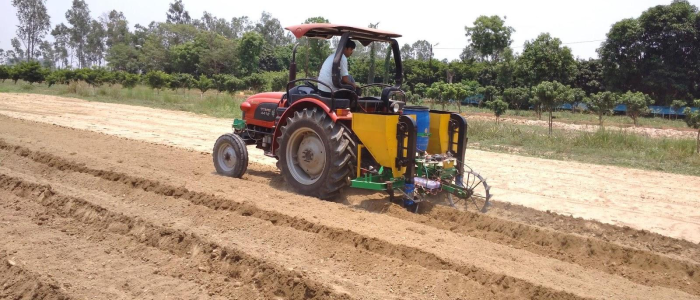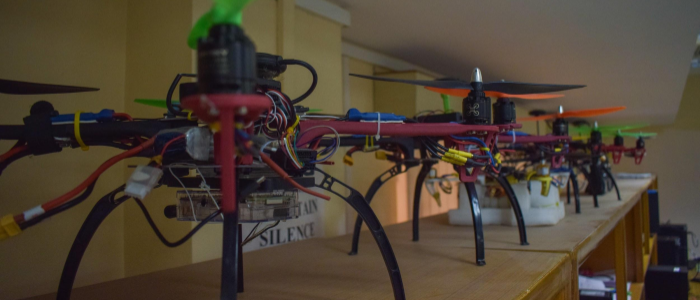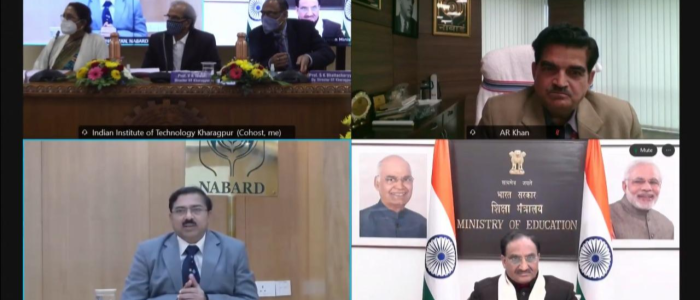
Agri-food startups to play a key role in developing self-reliant India: Shiksha Mantri
Shri Ramesh Pokhriyal ‘Nishank’ flagged off the Agri-Food Techathon at IIT Kharagpur and also laid the foundation for Agri-Business Incubation Centre, which will incubate innovative ideas in the agriculture and food technology domain for creating Agri-preneures. Addressing the first Agri-Food Techathon organized by NABARD and IIT Kharagpur, Union Education Minister Dr. Ramesh Pokhriyal 'Nishank' said that the country's agricultural sector, including our farmers, our villages, are the pillars of self-reliant India. "If they remain strong then the foundation of self-reliant India will be strong and I believe that the role of agri-food startups will be very important in developing a…

